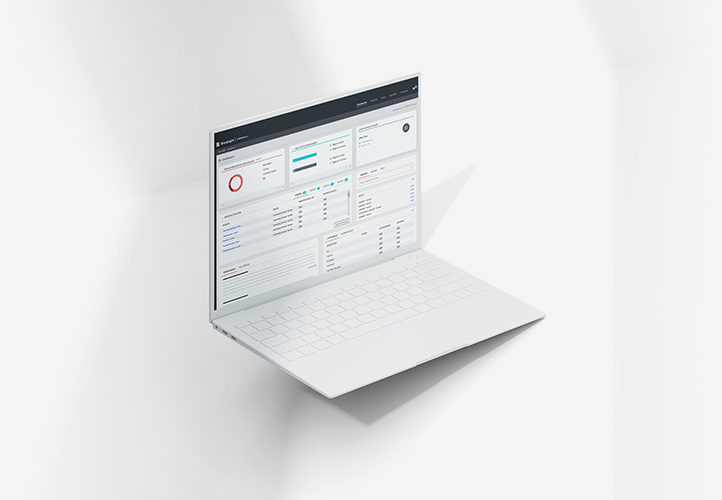May 22, 2018 - by Staff Writer
Thoughts from ICANN’s Global Domains Division Summit in Vancouver
Last week, several hundred commercial parties involved in the ICANN ecosystem gathered in Vancouver for their annual Global Domains Division (GDD) meeting. Over 600 individuals took part in the meeting which brought together representatives from ICANN’s contracted parties. This meeting differs from traditional ICANN meetings as no policy work takes place and discussions are more focused on commercial and operational matters.
Unsurprisingly, discussions around the topic of GDPR dominated the summit given the timing of the ICANN Board voting on the temporary specification towards the end of the week. Here’s what we learned from those discussions:
- ICANN clearly and repeatedly stated its plans to enforce the temporary specification as of the effective date, which is May 25, 2018. The temporary specification describes the requirements that the contracted parties must fulfill within a very short time period, but there are some provisions in the new specification which do allow for “reasonable” time to fulfill the requirements. That said, there was no clarity around exactly what constitutes a “reasonable” amount of time.
- As suspected, under the new specification, WHOIS requirements will be drastically reduced and include only registrant organization (if provided), state or province and country. Registrars may provide a mechanism which allows registrants to publish full contact information, but there are conditions around how that should be done.
- ICANN appears to be very committed to the continued collection of full registrant contact information. If contracted parties cease collecting and providing registrant contact information to an authorized data escrow provider as required by the temporary specification, ICANN compliance appears willing to receive and act upon those complaints.
- Another area of discussion was around access to non-public WHOIS information and how third-parties will access that data. There had been talk about an accreditation and access model but that did not make it into the temporary specification. Registrars and registries must provide “reasonable access” to that data to third-parties with “legitimate interests” but there was no specificity around how that will work in practice.
- We got a glimpse into how some of the biggest registrars will handle access to non-public WHOIS data with the second largest registrar Tucows publicly talking about their own platform which will allow third-parties to apply for access to their non-public WHOIS data. It sounds a lot like the proposed accreditation and access model put forth by the BC and IPC but only applicable to names managed by Tucows. It will be interesting to see how this functions in reality.
- The temporary specification passed by the Board is only valid for one year and it’s still unclear what happens if the policy development process to address a permanent solution to WHOIS has not been completed within that timeframe. After speaking with others, it became apparent that the temporary specification might be altered over the course of the year, which further complicates how WHOIS will be handled and displayed.
In addition to GDPR, there were other topics of interest including:
- We heard from .brand operators about how things are progressing with their gTLDs several years after the application round with ICANN. It would seem that there is some progress being made with many more active .brand registries. It was also interesting to hear a prospective .brand applicant talk about their company’s desire to apply whenever the next round begins.
- There was also a session on the latest with the new gTLD landscape. It’s been several years now since the last round of gTLDs launched, but with the recent successful launch of .app there is still strong interest in what is happening in the gTLD marketplace. There was lots of talk about how to get better usage out of registered domains and the uptick in the adoption of new gTLDs with more small- and medium-sized businesses.
The domain name industry continues to change and evolve, and it was good to gather with others in the ecosystem to network, get insights into perspectives on the biggest issues facing the industry, and hear from ICANN about their views.
